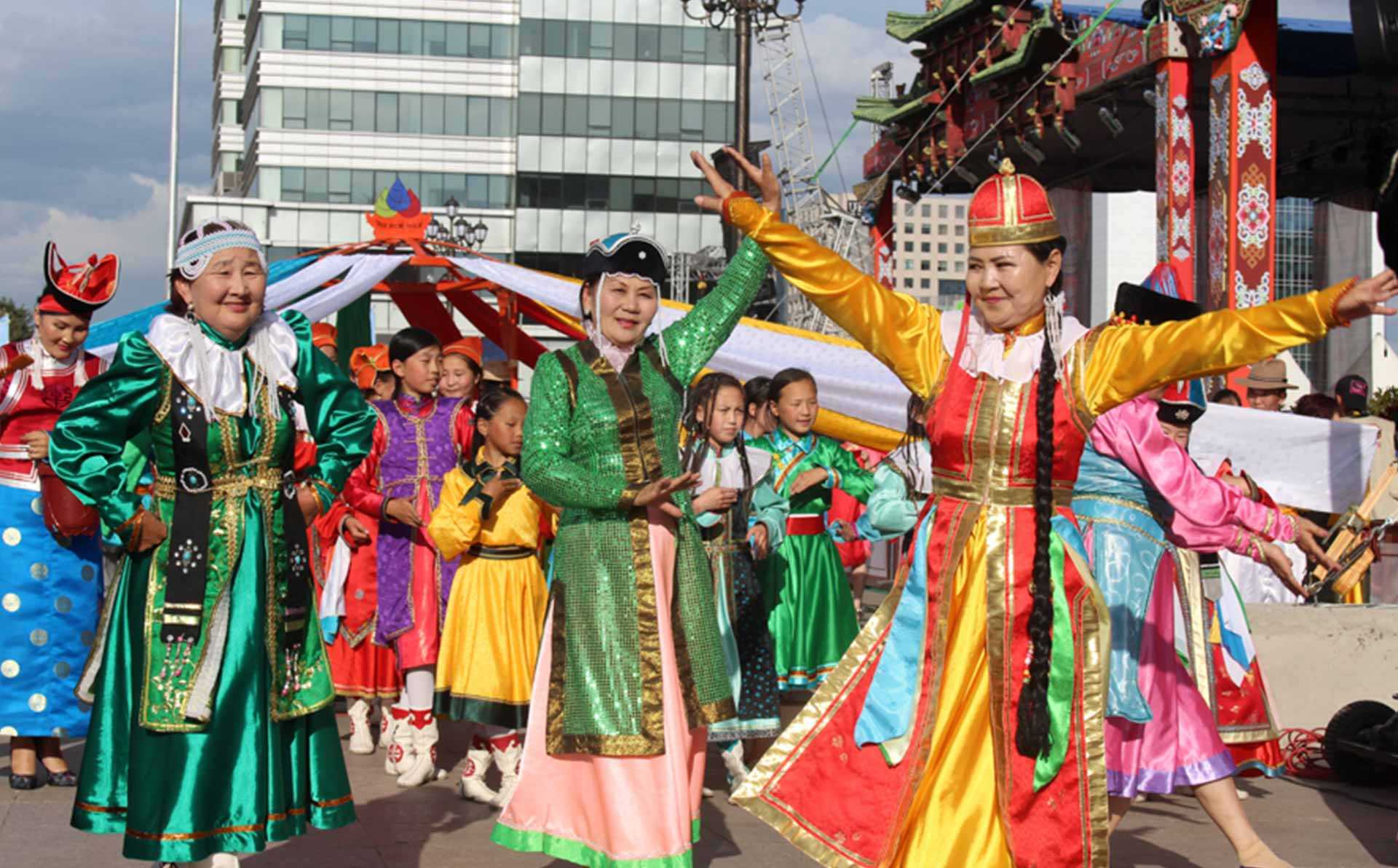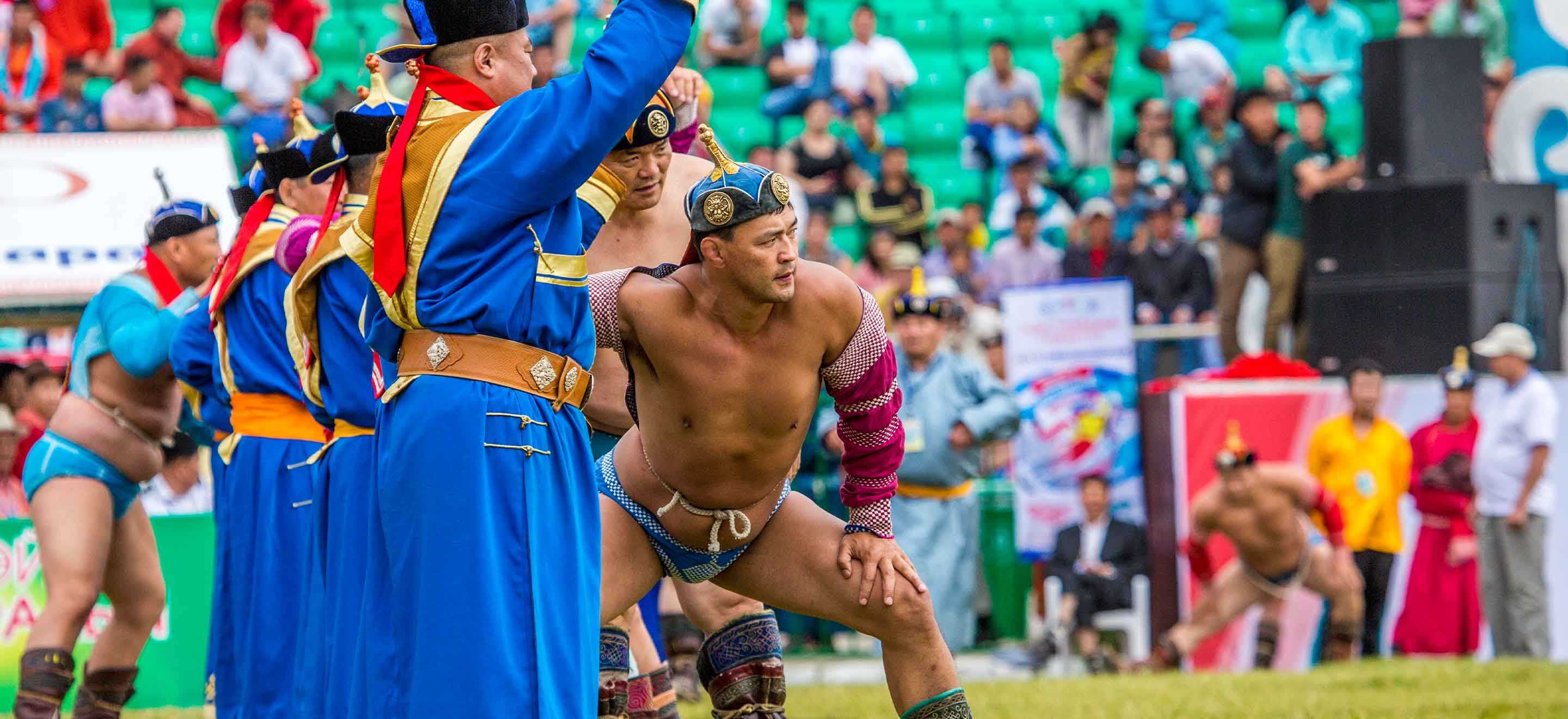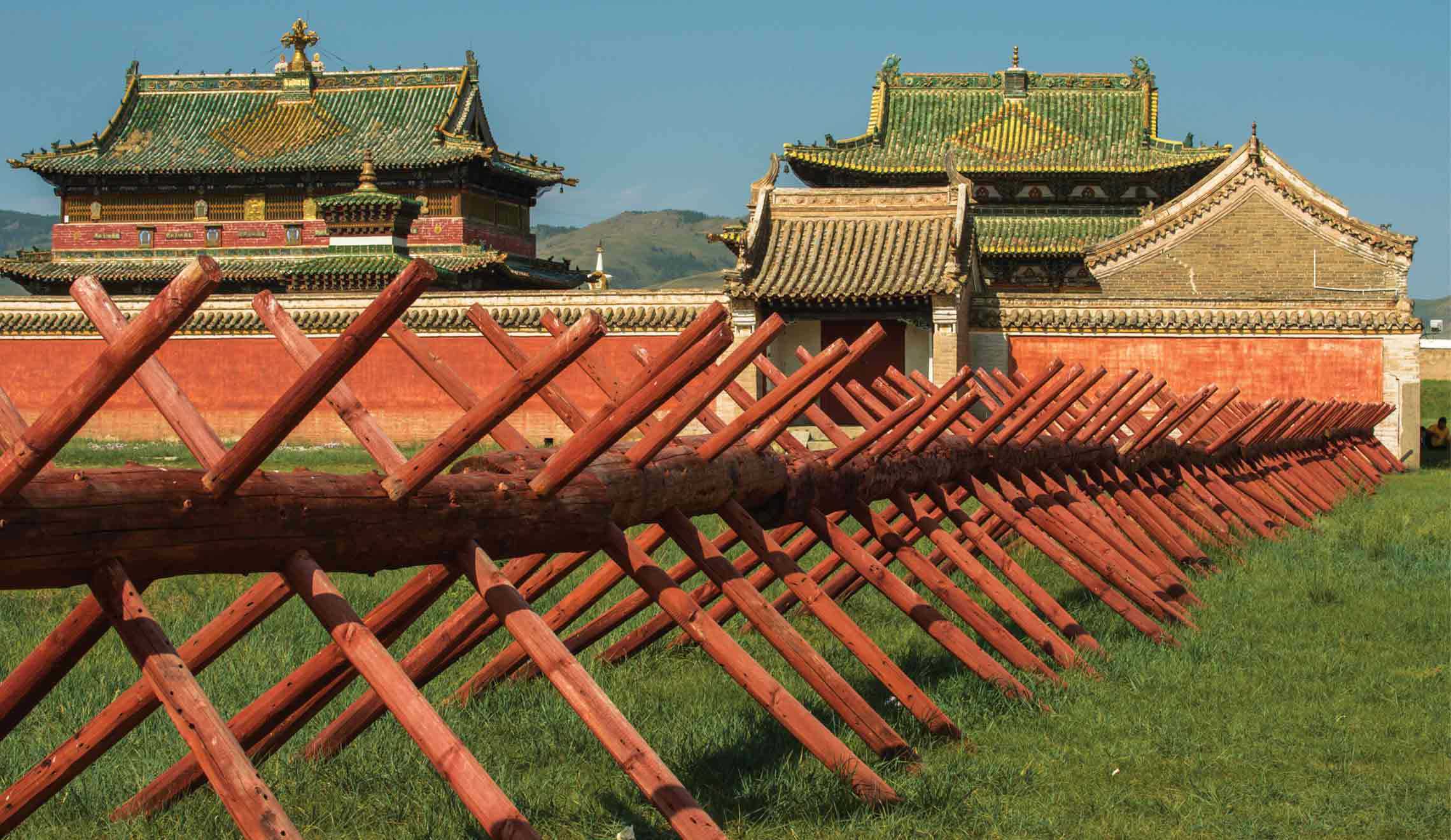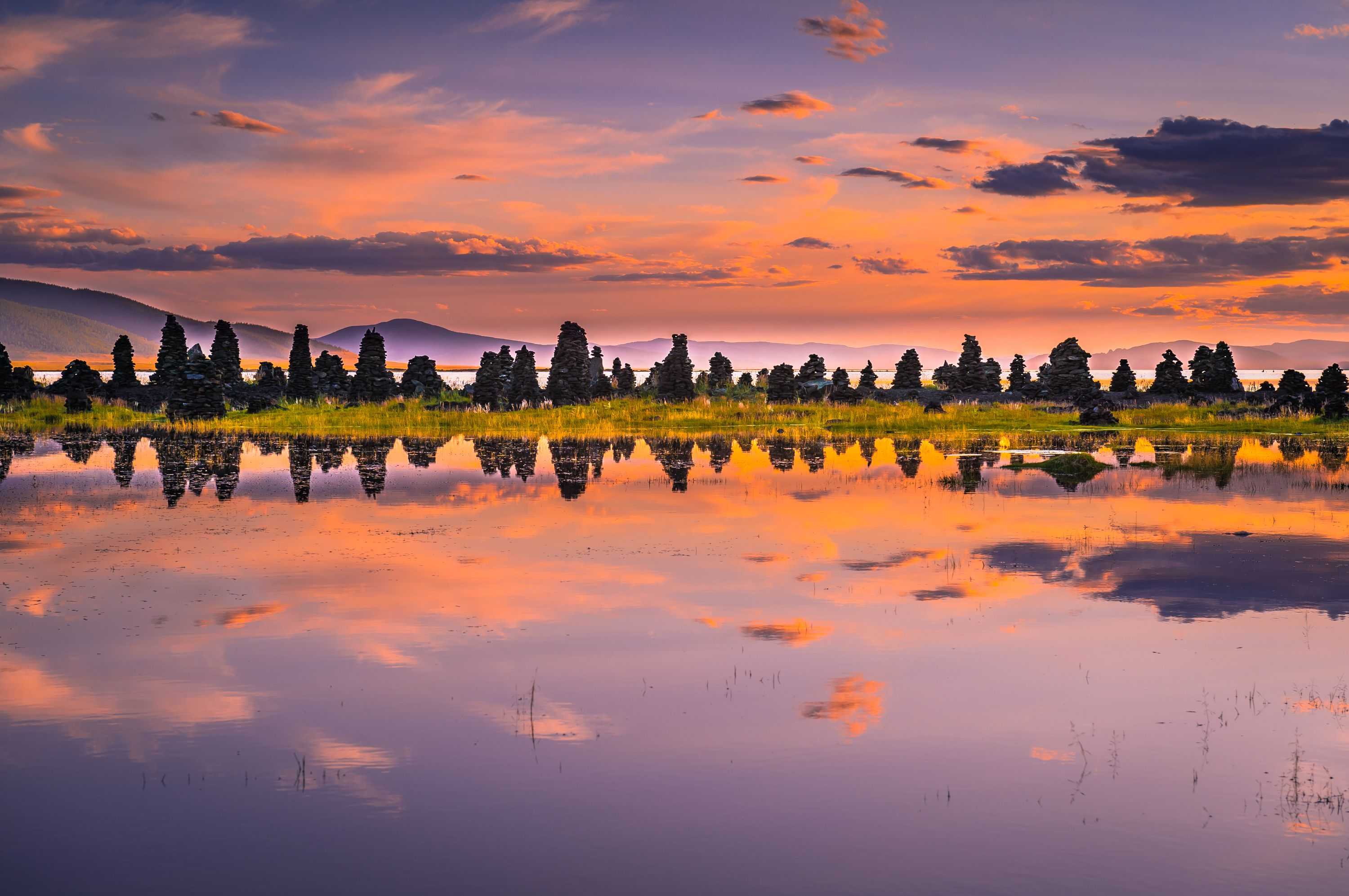
Who Are the Mongolian People?
Who Are the Mongolian People?
A landlocked country sandwiched between Russia to the north and China to the south, Mongolia is one of the largest countries in Asia and the 19th biggest country in the world. However, despite its size, Mongolia has one of the lowest average population densities, with an estimated population of 3.4 million.
During the years of Genghis Khan, the Mongol Empire included parts of Russia, Europe, China, and the Middle East. Genghis Khan united the tribes of the Steppe, and his successors expanded the boundaries of the Mongol Empire to more than 14.5 million square km of contiguous land. Today, the Mongolian people represent nearly 20 ethnic groups.
The Khalkha is the largest ethnic group in Mongolia, making up over 80% of the population. Their dialect, Khalkha Mongolian, is also the official language of Mongolia. Khalkha Mongolian is understood by 90% of the country as well as Mongolians living within Inner Mongolia and other regions of the world.
The origins of the Khalkha date back to the rule of Dayan Khan, a descendant of Kublai Khan. During his reign over the Mongol Empire from 1470-1543, he unified Mongolians and created six tumens, or tribes of 10,000 households each. One such tumen formed under his rule was the Khalkha.
The Khalkha tumen united Mongolians residing in what is now considered central Mongolia and northern Inner Mongolia, a province of the People’s Republic of China. Under subsequent rulers, the original Khalkha tumen experienced shifts under Manchu and Soviet rule. The eastern Khalkha later became part of China, and the western Khalkha was heavily influenced by Soviet power. However, the despite political shifts, the Khalkha people remain the dominant group in Mongolia.
The Khalkha’s religion was rooted in Shamanism until the 17th century. Later, Tibetan Buddhism became the dominant religion in Mongolia. Although many Buddhist monasteries in Mongolia once thrived, many were demolished during Soviet rule. However, the largest active monastery in Mongolia, Gandantegchinlen Monastery, was restored after the fall of communism and currently hosts visitors at its site in Ulaanbaatar.
Although historically nomadic, present-day Khalkha can live in the countryside and the capital city of Ulaanbaatar. However, many of the traditions of nomadic living are carried out in modern-day Mongolia. One such tradition is living in a “ger,“ which is a transportable circular dwelling conducive to the lives of herders and nomadic people.
The largest ethnic minority in Mongolia is the Kazakh people. Known for their tradition of eagle hunting and presiding over the yearly Golden Eagle Festival, the Kazakhs currently represent 4% of the population in Mongolia. They primarily reside in the western Bayan-Olgii province, created in 1939 as a homeland for Kazakhs living in Mongolia. The second largest population of Kazakhs are also in western Mongolia in the Khovd aimag, or province.
Kazakh migration to Mongolia was first documented in the 19th century with migrants from modern-day Western China. Despite being separated by a mountain range, many Kazakhs had not visited Kazakhstan before the fall of communism. In the post-Soviet era, some Kazakhs emigrated to Kazakhstan. However, Mongolia's population still boasts more than 100,000 Kazakhs.
Culturally, Kazakhs differ from the Khalkhas and other ethnic groups in Mongolia. In contrast with the predominantly Buddhist nation of Mongolia, the Kazakh people are traditionally Sunni Islam. Additionally, they speak Kazakh, a language belonging to the Turkic family of languages. However, Mongolian is still the language used to communicate among interethnic groups.
Kazakhs celebrate holidays unique to their culture and traditions. One such holiday is Nauryz, or “new day,” a festival to mark the beginning of a new year. Nauryz is traditionally celebrated in March.
Mongolia is also home to one of the last remaining populations of reindeer herders, or Tsaatan, which translates to “those who have reindeer.” The Tsaatan are of the Dukha tribe and speak a Turkic language with Russian, Tibetan, and Mongolian roots. Although the Dukha have historically inhabited the northern Taiga, some have moved to the Lake Khovsgol areas to benefit from local tourism. As of 2016, it was reported that perhaps only around 40 families were left of such herders.
In addition to these, several other ethnic groups call Mongolia home. The Barga, Bayad, Buryad, Darkhad, Khoton, Uuld, Torguud, Uriankhai, Uzemchin, and Zakhchin are among some that make up the remaining population of this country.
Though they may vary in language and culture, ethnic groups across Mongolia uphold the importance of family and tradition. Centuries-old traditions continue to be passed down to future generations, making their culture one that holds the same purity that was present years ago. Most importantly, Mongolians are marked by hospitality and warmth. If welcomed into one’s home, you are sure to experience the deep-seated traditions, history, and kindness that make the Mongolian people so unique.
If you want to connect with the Kazakh people in the Bayan-Olgii province, consider our Diverse Cultures of Western Mongolia Tour. This experience provides a window into the province’s rich culture. Alternatively, consider the Nomad’s Cultural Legacy Tour to witness more of Mongolian culture and history. Whether embarking on one of these or another of our tour offerings, you’ll enjoy learning about what makes the Mongolian people tick.



